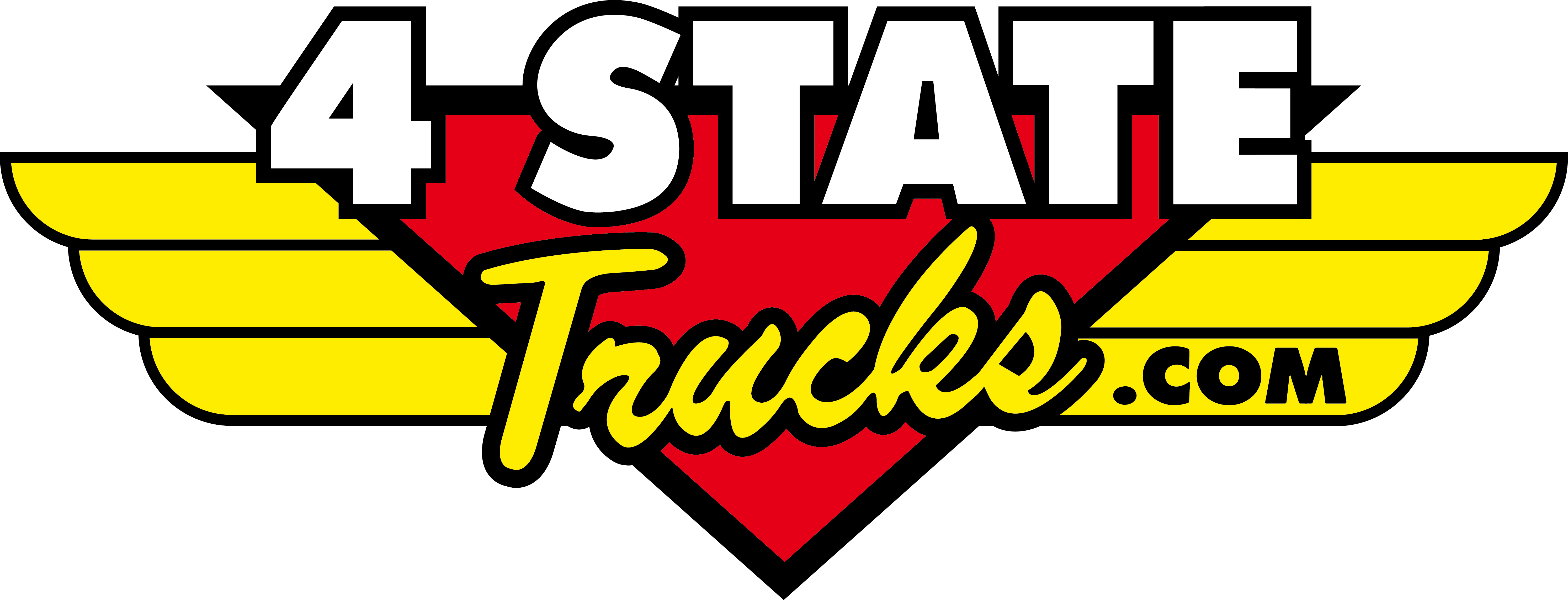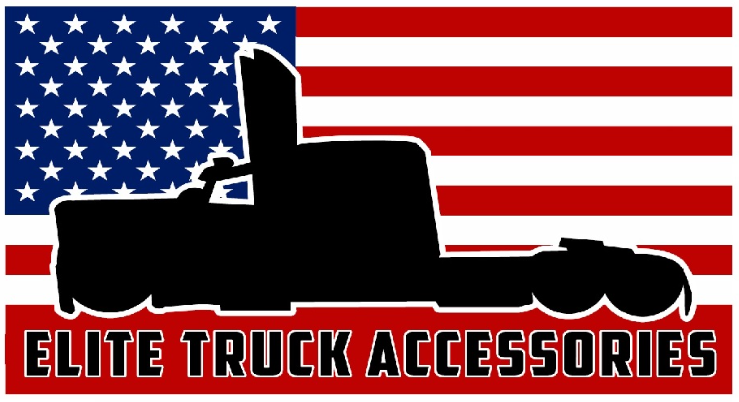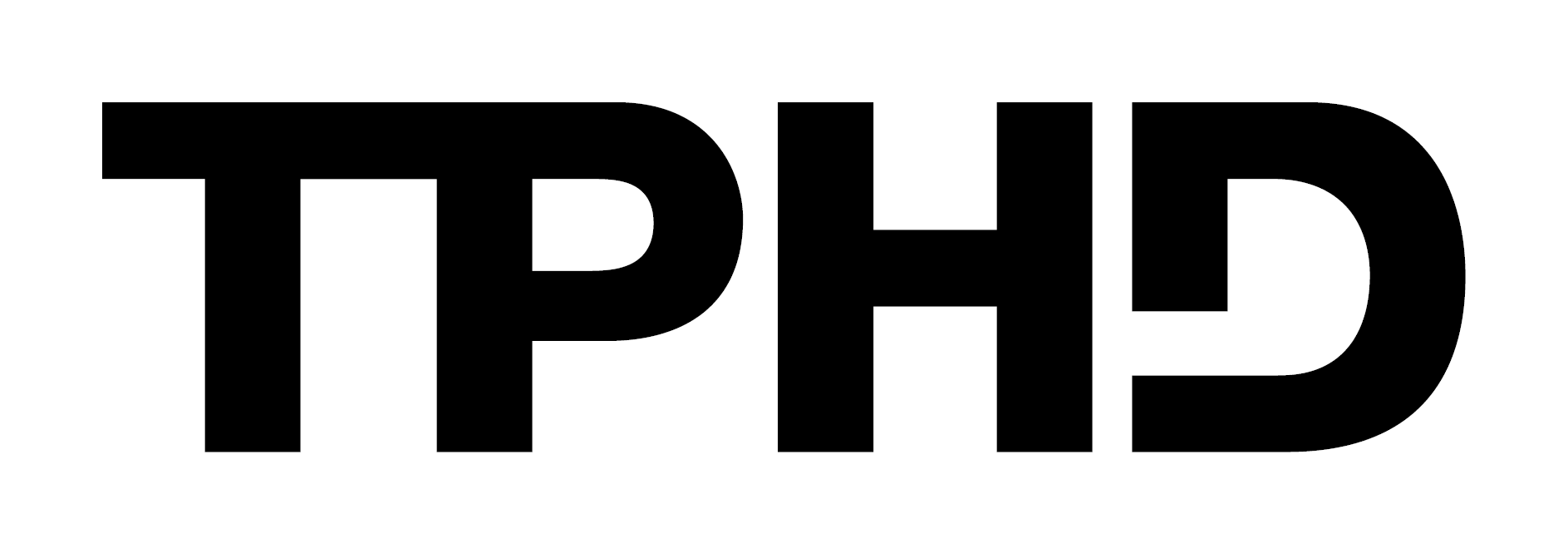Demolition Derby Full Size Rules & Regulations
Entries in the Demolition Derby are open to men and women who have a valid Driver’s License. The Following regulations shall be observed for the safety and fairness of all. Orderly conduct is required of all drivers and pit persons. If not, any driver and or people affiliated with that car will be evicted without ANY refunds or prize money. Misconduct may result in being banned from present and/ or future participation. Any driver or crew member not complying with any one of the rules will be disqualified. Crew members are the responsibility of the driver.
Entries:
- Each driver must be at least 14 years old.
- Each driver must furnish their own car. The driver that is registered to the car, must drive that car in the heat assigned to them. Unless the officials are notified of a driver change and approve it.
- Imperials, hearses, ambulances, jeeps, trucks, convertibles, minivans, SUVs, or commercial vehicles will not be allowed.
- All cars will have to pass inspection before the tech line closes.
- Prior to the start of the driver’s meeting, each driver must sign an entry and a release form.
Participation Rules:
- Drivers may maneuver either forward or backward.
- Hitting an opponent’s car in the driver’s door is not allowed and will be cause for disqualification.
- Must make a damaging hit from a spectator’s point of view every 60 seconds. No team driving or sandbagging.
- All drivers must attend the drivers meeting prior to the start time.
- All drivers must remain in their cars until the car is removed from the track. Unless an official removes the driver.
- No driver or Pitman under the influence of alcohol will be permitted to enter the arena or to participate.
- Any driver not in place when called upon will be disqualified.
- Pitmen are not allowed in the arena during a heat.
- No one will be allowed to stay in the pit area without a pit pass.
- No one under the age of 12 will be allowed in the pit area.
- Cars may be inspected at any time for reinforcements, etc. The top 3 finalists will be subject to reinspection after the finish of the finals.
- Car and driver in the inspection area only.
- Cars will be inspected on or off the trailers. If the car doesn’t pass inspection, you will have 1 opportunity to make the correct changes.
Preparation Of Cars:
- Vehicles may only be modified in the following ways. Any modifications not specifically authorized by the rules are strictly prohibited.
- Do not read into the rules! Just read and follow the rules! If it doesn’t say you can, you can’t. Not following the rules will result in you being loaded. Your choice!
- The driver’s name should be above the number on the front doors, or you can run a number sign. The number sign cannot reinforce the car. No obscenities or allowed.
- Concrete, metal plating, wood, foam, or pins in the frame will be considered added ballast and will result in the car being loaded.
Drivers Compartment:
- 4-point cage only. All cage material must not exceed 4” material. All cage material must be on the inside of the car not the inside of the doors. No exterior door bars allowed. All cage material must be 6” off the floor. Gussets only in the interior of the 4-point cage. All halo bars are allowed (2) 1/2” bolts with 1/2” washers to attach to roof sheet metal. All halo bars must be vertical. Bars can connect to the top side of the frame, these will count as (2) of your down bars. Gas tank protectors are allowed. Must be 6” off the floor and 6” off any sheet metal. Can only be 24” wide.
- (4) total down bars may be used. Down bars are not to exceed 2”x 3” x 1/4” thick tubing. Must attach to the top side of the frame only within the inner door seams. Down bars cannot connect to the crush boxes, “s” curve, or any other curve in the frame.
- Station wagon decking must be removed.
- Gas tanks are to be placed inside the backseat area of the car. 20-gal tanks max. Must be covered, chained, strapped, or bolted securely. No gas leaks period!! No plastic tanks.
- Transmission coolers may be placed inside the car and secured.
- Battery boxes may be in the passenger side floorboard, or attached to the cage. The battery must be covered. Max of 2 batteries.
- All aftermarket straight-column steering shafts are allowed.
- Aftermarket brake and gas pedals are allowed. Must bolts to sheet metal only.
Bumpers:
- OEM car bumpers can be loaded. Replica and homemade bumpers can be run on the front of the car. 6” material only. Back to the front of the bumper not to exceed a 14” point with a 32” wide base. You can switch bumpers from make to make. ( example: Chevy to Ford)
- Bumpers can weld to the shock and the shock can be welded to the frame with no added material. Or you can remove the shock and weld the bumper to the frame with no added material. You can square the frame off on an old iron car to hardnose but cannot shorten the frame. If you choose to hardnose, no bracket or shock can be used at all! New irons can cut the frame off 1” in front of the core support tab hole and hardnose. The entire tab must be on the car! If you hardnose a new iron the shock must be completely off the car. All cars can have (1) 4”x 6” x 1/4” flat plate per front rail, on the exterior side of the frame, to connect the bumper to the frame. The plate must connect to the back side of the bumper. This can only be used if you do not have a bumper bracket or a shock on the frame. The plate cannot touch any other plates!
- No attaching bumpers to the body in any way. Except for #9 wire locations.
Body Bolts:
- A total of any (6) body bolt locations can be changed to 5/8” bolts or all thread pieces, one per location. Can use(3) 5/8” washers, (3) 1” washers, (3) 5/8” nuts, and (1) 3”x3”x1/4” plate per location. If you change core support bolts it counts as locations. Also if you put all threads in the trunk area, these also count as locations. DO NOT ADD BODY BOLTS!!
Hood:
- The entire hood must open for inspection.
- Must be in stock location.
- Allowed 4 hood bolts. 5/8” max. Sheet metal to sheet metal only any configuration. Can have a 3”x3” x 1/4” plate per location on the top side of the hood. Or can have 4 chains 3/8” thick (1 loop ) per location with (1) 1/2” bolt.
- Can have (2) 3/4” all thread pieces (1 per frame rail) at core support. All thread must bolt to sheet metal and frame only. Can only bolt to the top side of the frame or bolt to frame tab. No welding!! Must have 1” spacer between core support and frame minimum. Core support spacer cannot be any longer than 3”. Total space between core support and frame is 3”. Diameter is not to be bigger than 2” in diameter. Do not weld the spacer to core support or frame. All thread can have (1) 3”x3”x1/4” plate on the top side of hood per location. (5) nuts, (5) 3/4” washers, and (5) 1” washers per rod. If you change these they count as (2) of your body bolt locations!
Frame:
- No welding on the frame, except for (3) 4”x6”x1/4” plates per rail. Plates must be on the exterior of the frame and can touch. This is for fresh and pre-ran cars.
- The rear frame may be dimpled or notched in 2 places per rail. This is the only frame-shaping period.
- No tilting! No cold tilt! No cut and tilt!
- Fresh and pre-ran cars can have pre-flipped the back of the car. Cannot weld bumper or attach a bumper to the body. (Except is using #9 wire locations).
Suspension:
- Can change springs to stiffer OEM springs or run springs spacers. Front to front and rear to rear springs. Must be car springs.
- All suspensions must remain stock. Absolutely no aftermarket parts.
- The rear suspension may be chained down with a max of 3/8” chain. (1) loop from frame rail to rear end per frame rail.
- All suspensions must bounce or give!
Drive Train:
- (2) 3/8” threaded rod, (2) 2” wide straps bolted to core support with (2) 3/8” bolts per strap to hold the radiator in place. Or can use two ratchet straps.
- Must have working brakes.
- Engine swaps are ok. Must use stock engine mount to stock motor mounts. Motor mounts can be welded to the frame cradle with no added metal. Or can use a lower cradle. ( use rule #13 in the section)
- Can chain engines down with a 3/8” chain. (1) per side attached to the engine block to the frame. Can only weld 2 links of the chain to the frame, no further forward than the front on the engine heads.
- Slider drive shafts are allowed.
- You can change the rear end to a different stock 5-lug rear end. No bracing at all. You can run a jigged rear end but with no bracing at all. Must be a 31 spline rearend max!
- All DOT-approved tires are allowed. Tubed tires are allowed. No foam-filled or solid tires. No wheel or tire over 15”.
- Can run skidders and 550s.
- Wheels are allowed to have weld-in centers. No full centers, and no reinforcements to wheels of any kind. Lip and Valve stem protectors are allowed. Nothing excessive
- Radiators must be in stock location.
- The air conditioning condenser core may be placed in front of the radiator. No other reinforcements such as expanded metal allowed.
- OEM cross members only! May use (1) 2”x3”x1/4”x4” in length angle iron pieces to weld to the inside of the frame per rail. The 2” angle iron side can be welded to the frame, not the 3” side. Crossmember must be bolted to angle iron using 1/2” bolts only.
- Lower engine cradles will be allowed to protect the engine block. Pulley protectors are allowed but if ran, the swaybar must be completely off the car. Both the cradle and pulley protectors are not to exceed half an inch in thickness. Lower cradles must bolt to a stock engine mount. No front or mid-plates allowed.
- Steel bell housing and ultra bells are allowed. A skeleton-style transmission brace can be run on an OEM-cased transmission. If running a steel bell housing or an ultra bell, no transmission brace can be used. Stock tail shafts only. Can run only factory-cased transmissions.
Body:
- No sedagons
- 2. Deck lids must be 100% in stock location. You may tuck the trunk with a single 90-degree bend. No v wedging. Can use (2) 5/8” all thread pieces (1) per rail to go from the top of the frame to the trunk lid. Must be vertical! (2) 3”x3”x1/4” plates, (3) 5/8” nuts, (3) 5/8” washers, and (3) 1” washers per location. Nuts and washers must only go to the top of the frame. If you choose to use all thread they count as (2) of the body bolt locations. Can weld trunk down using a total of (6) 2”x3”x1/8” thick straps. Or can bolt the truck lid down using 6 3/8” bolts. 1/2” washers max. Or 2 chains (1) per side. Cannot exceed a 3/8” chain and cannot be any longer than 10” long.
- Removal of the trunk lid is allowed.
- The front window must have 2 chains or 2 places of #9 wire, sheet metal to sheet metal. This is for driver safety only!
- No rear window bars.
- Anything can be removed, nothing can be added unless specified in the rules.
- Body creasing is allowed.
- The driver’s door can be welded solid, and all other doors can be welded shut using (3) 3”x3”x1/8” thick strap per vertical door seam. Or can chain doors with 2 chains per vertical door seam using 3/8” chain max.
- (3) locations of #9 wire can be used. 2 loops/ 4 strands. Builder’s choice of locations.
- No sedagons!
Rust:
- The rusted area must be removed, 1/2” overlap from new metal to old metal. New rust patches must not overlap. You must butt weld, using your stitch weld. Don’t stagger the welds on two patches to have one continuous weld between two patches.
- The new material is not to exceed factory thickness.
- Must be welded 1” on 1” off -abuse it, you’ll lose it – zero tolerance.
If you have any questions regarding these rules, please contact: Gage Lahey at 620-423-5054 Or Brandon Lane at 620-605-9988




